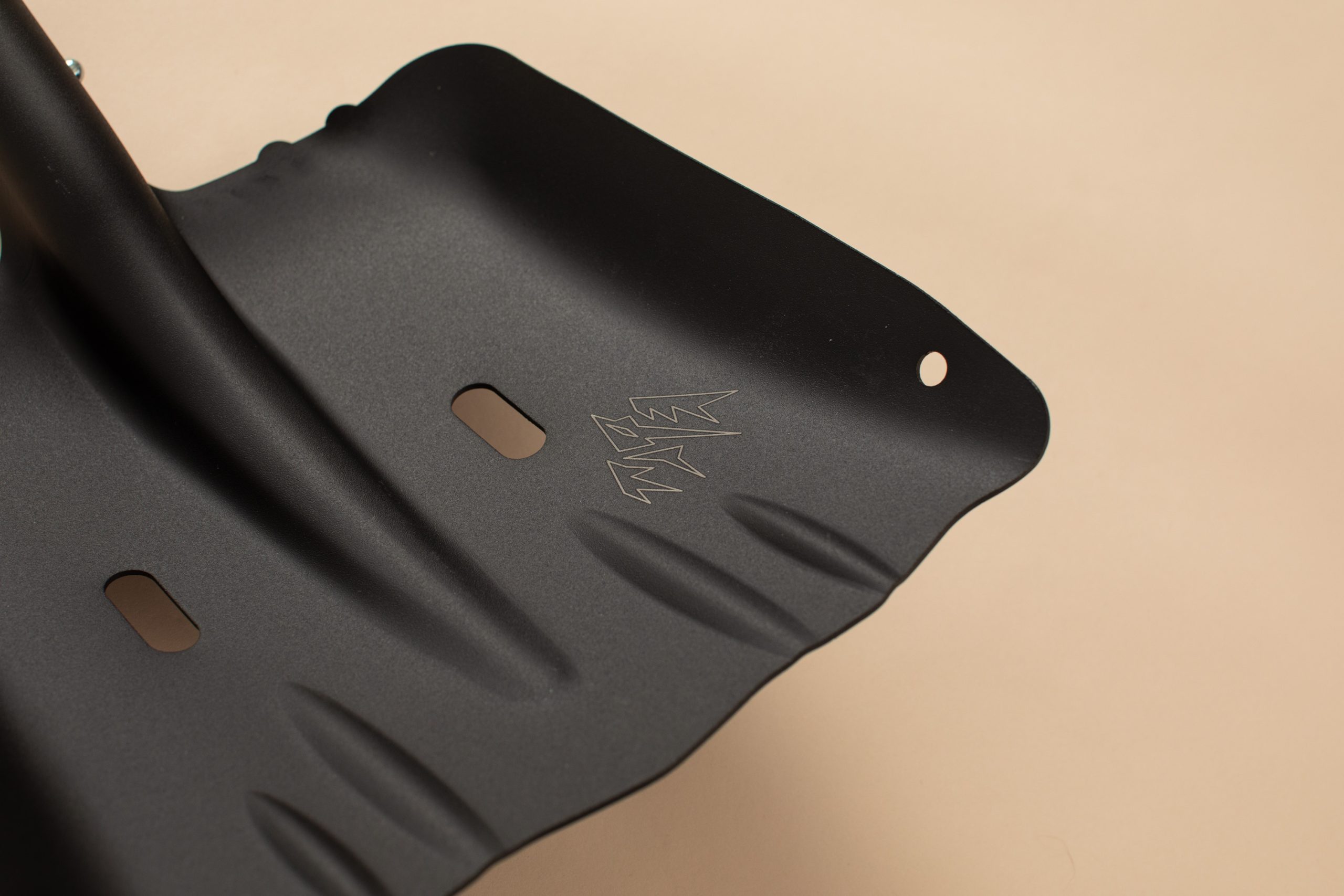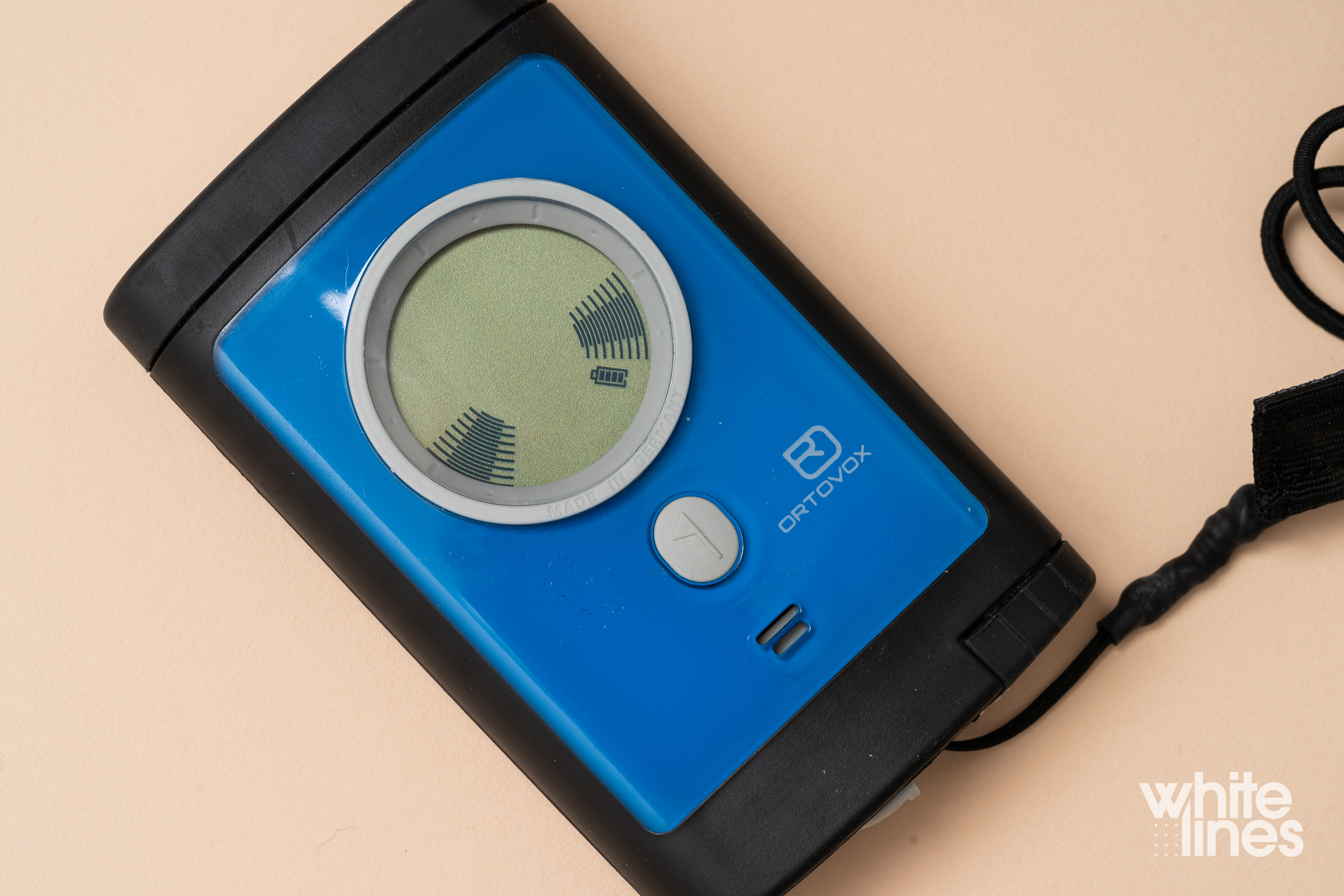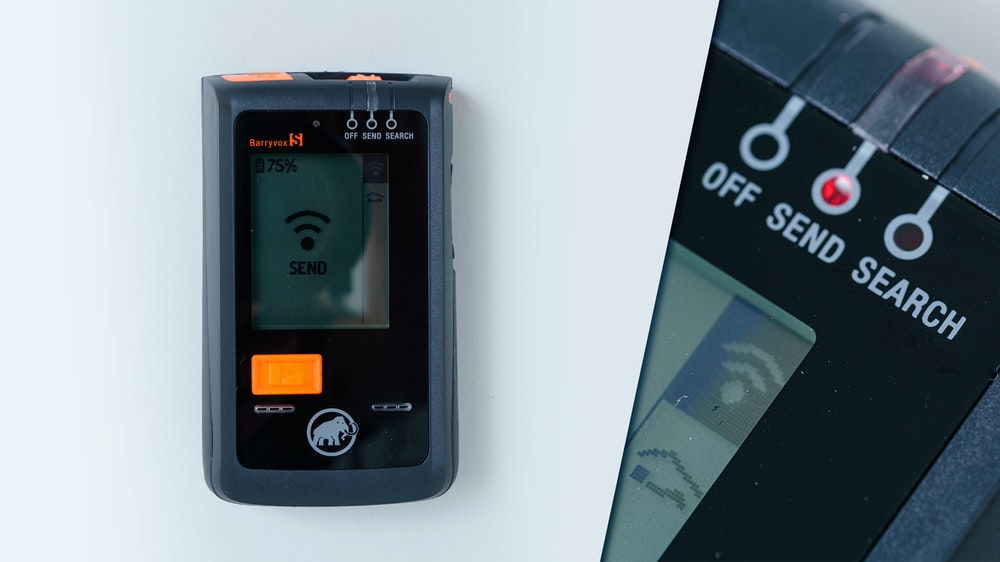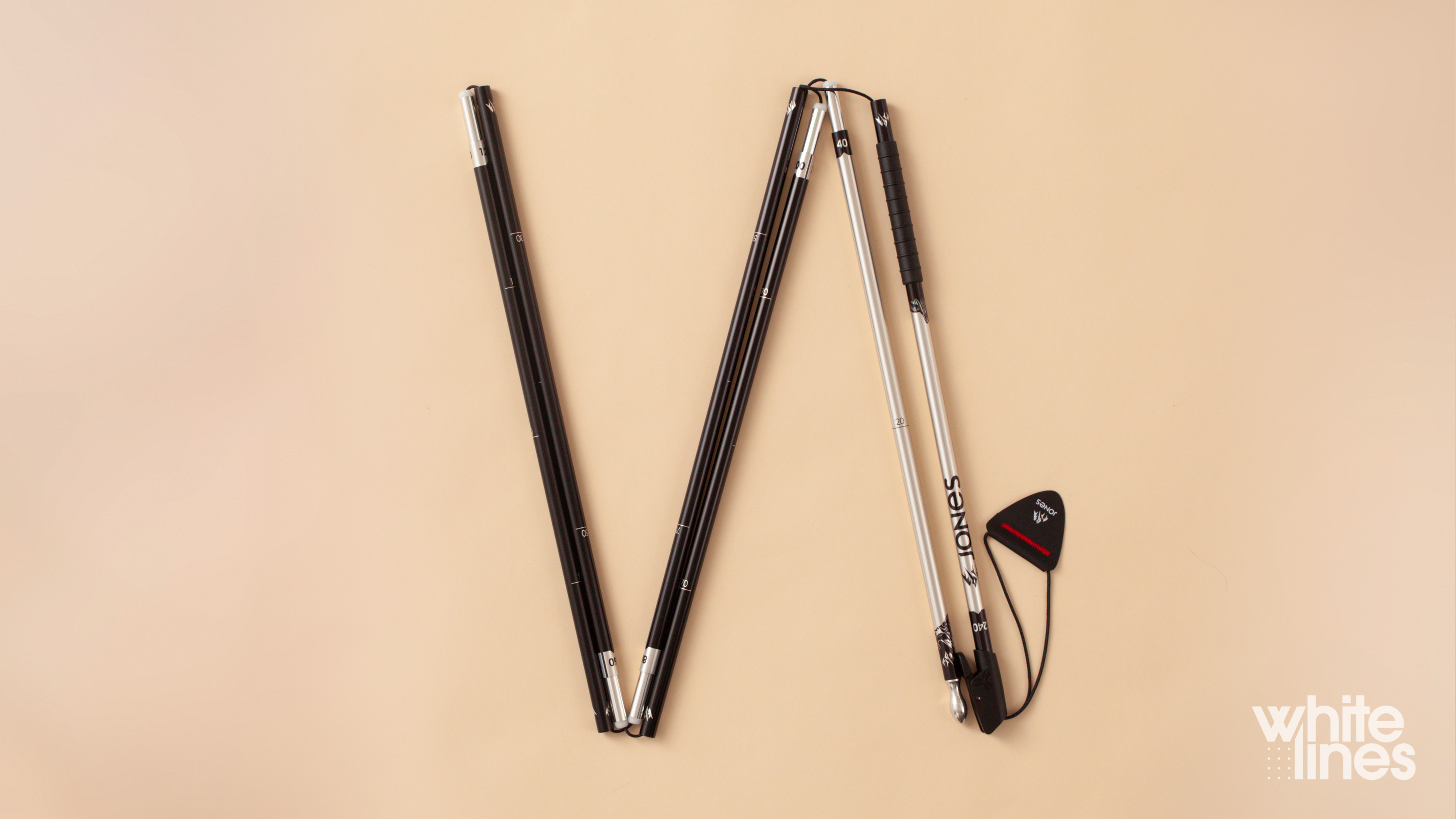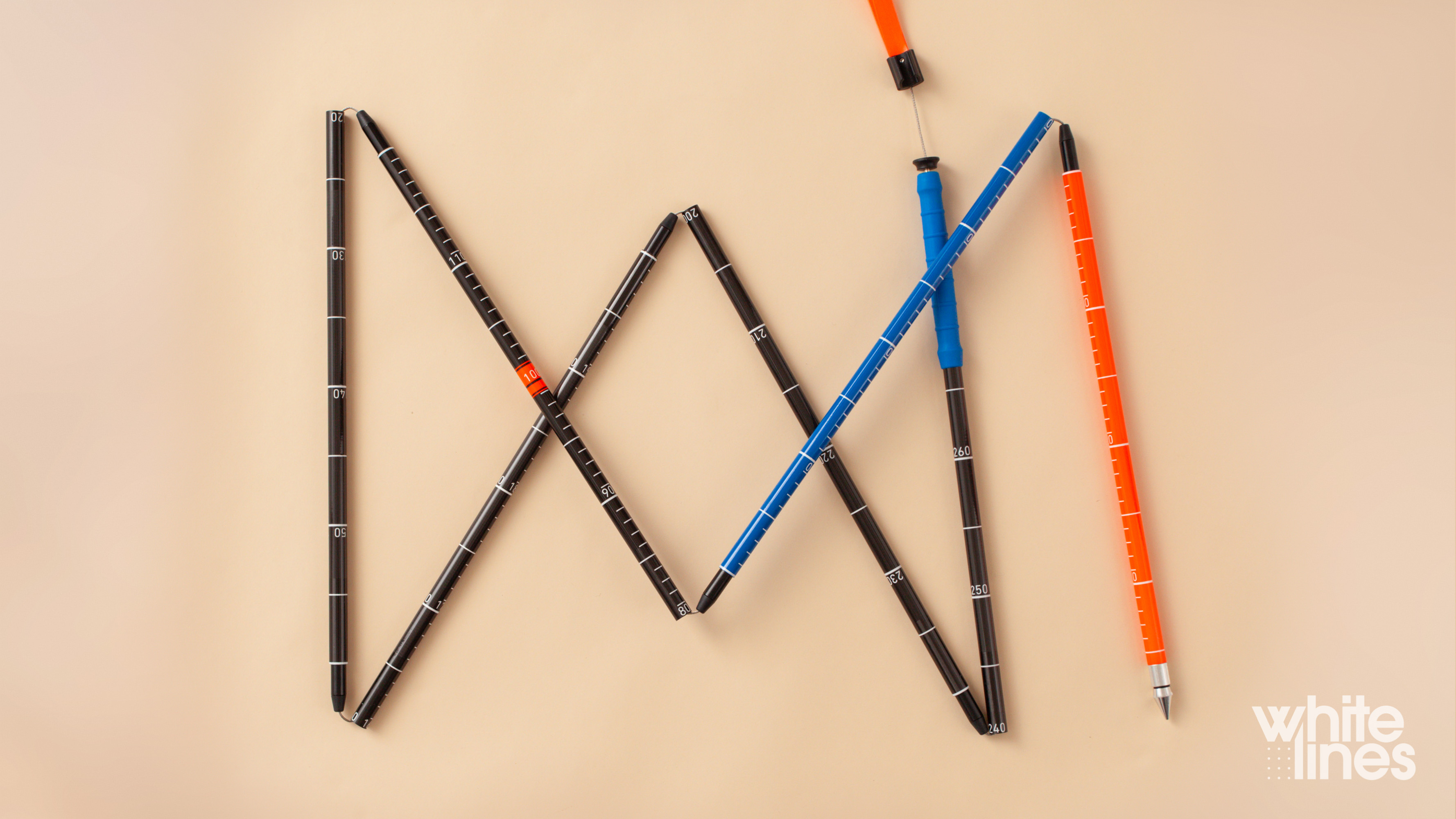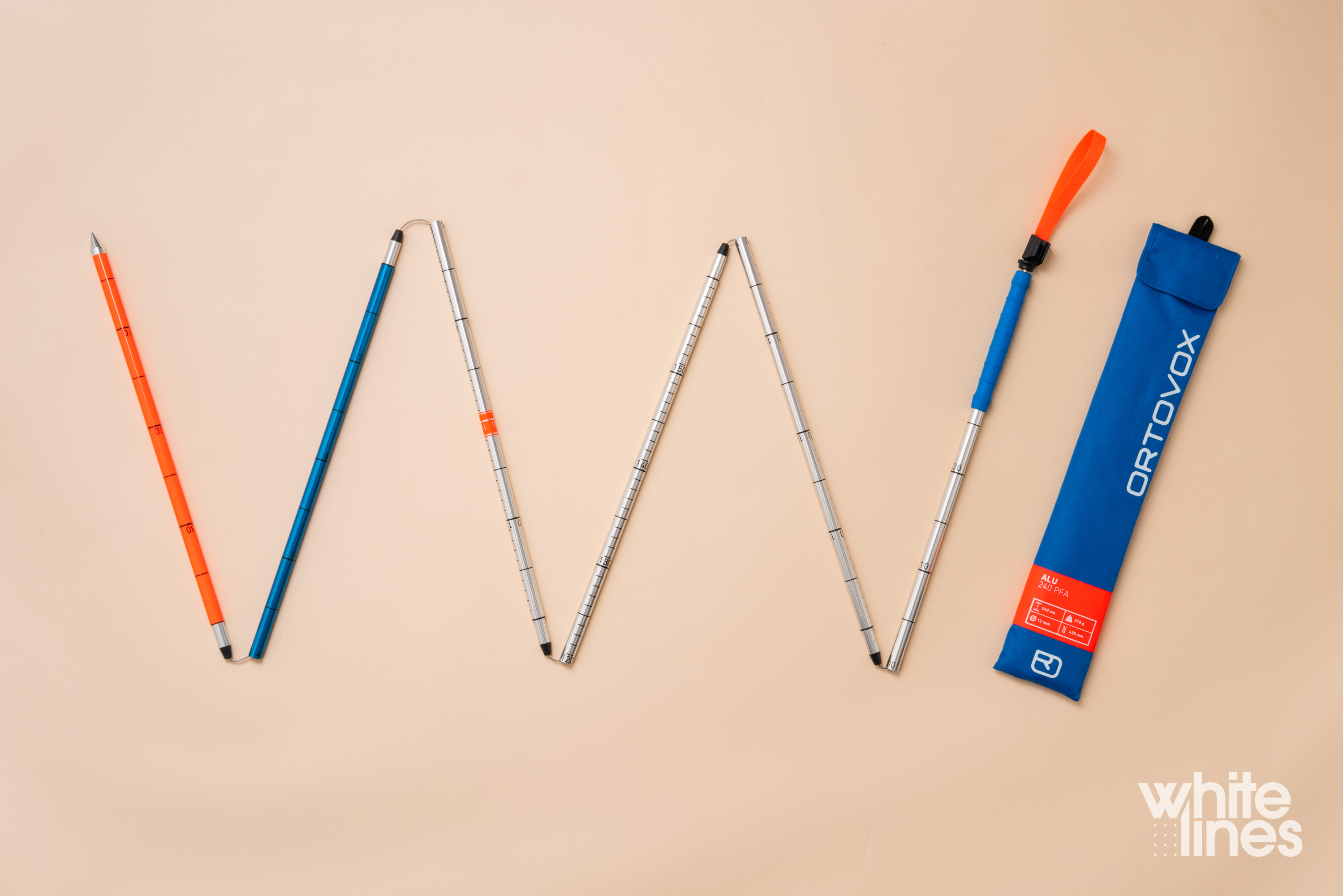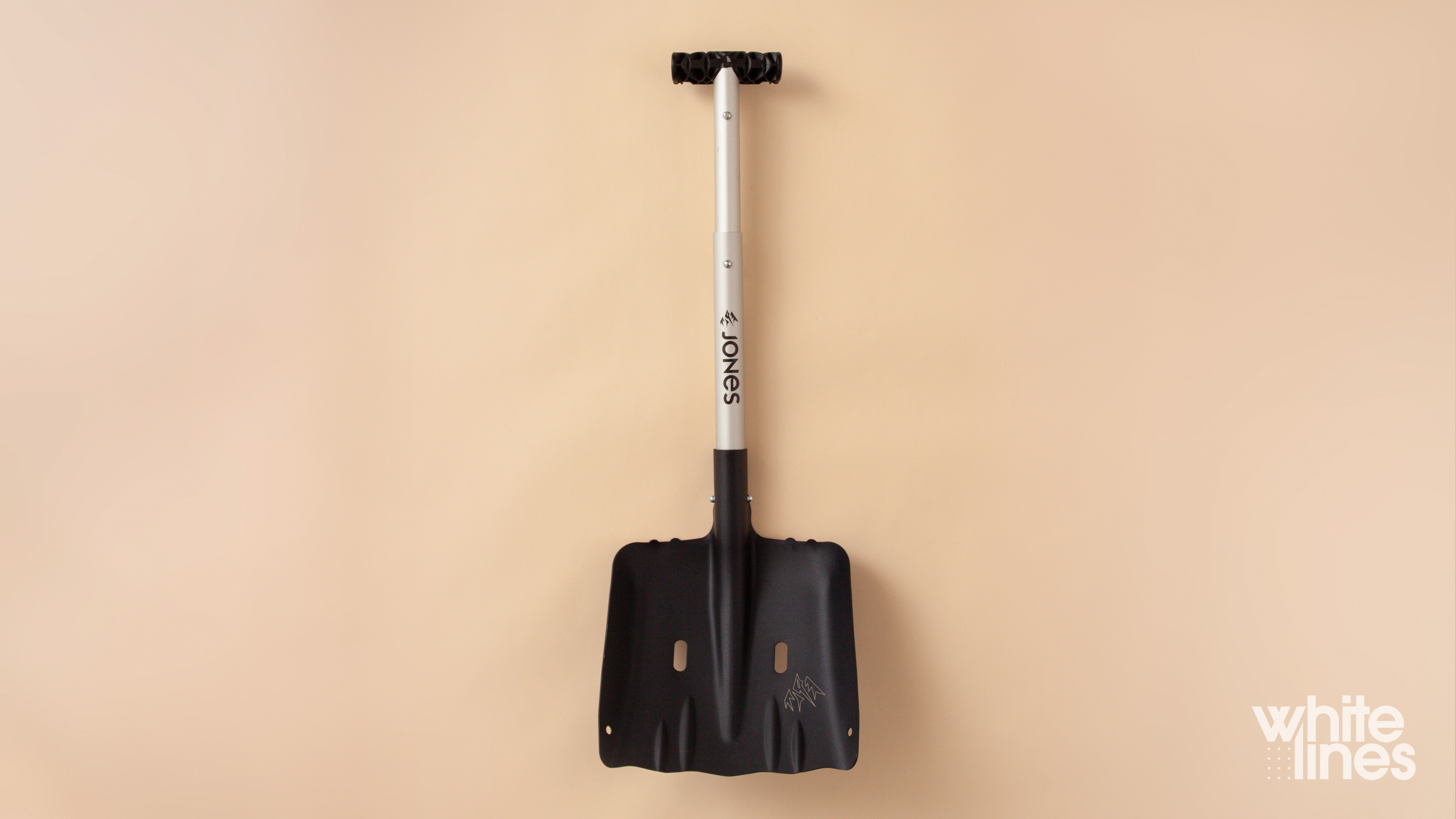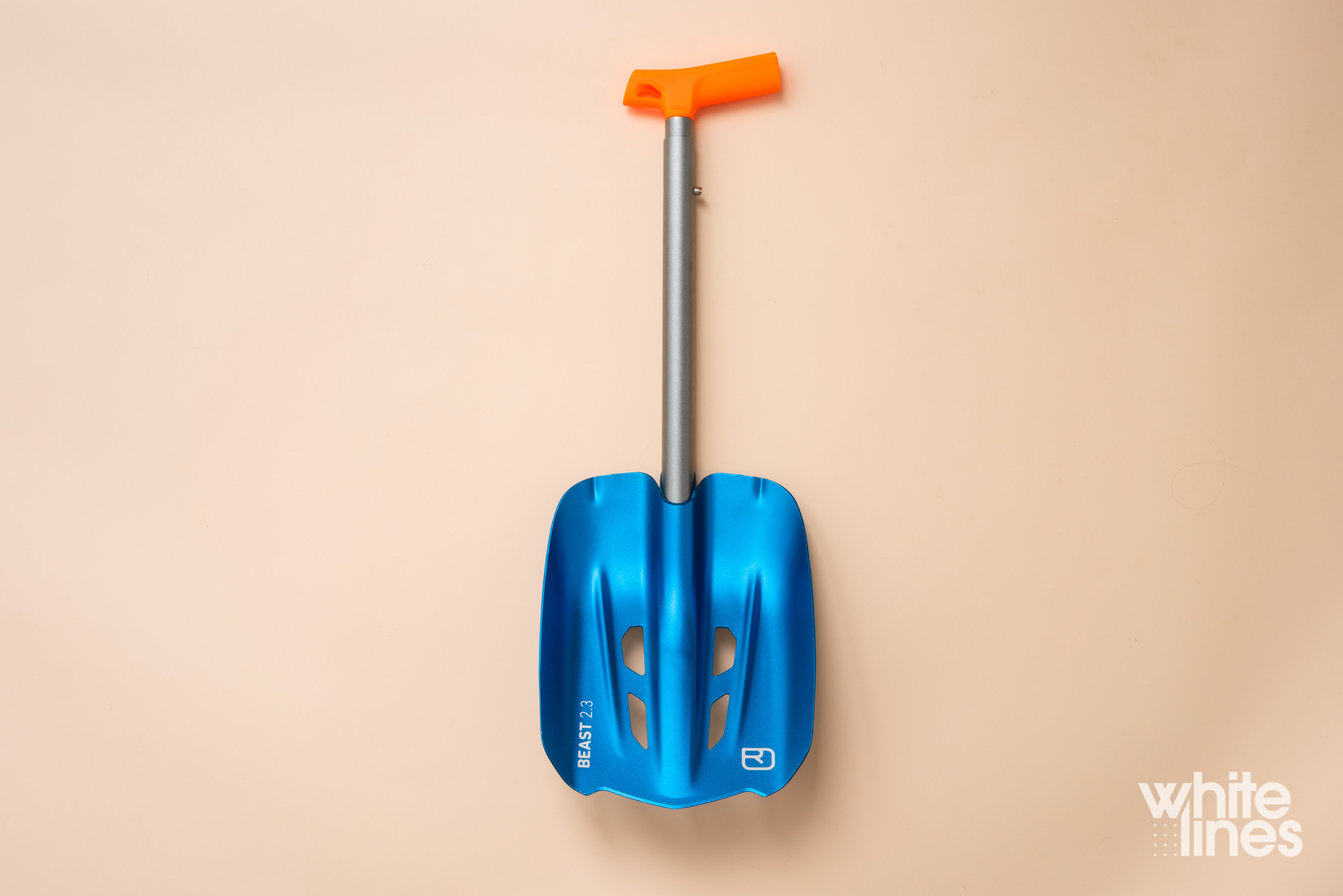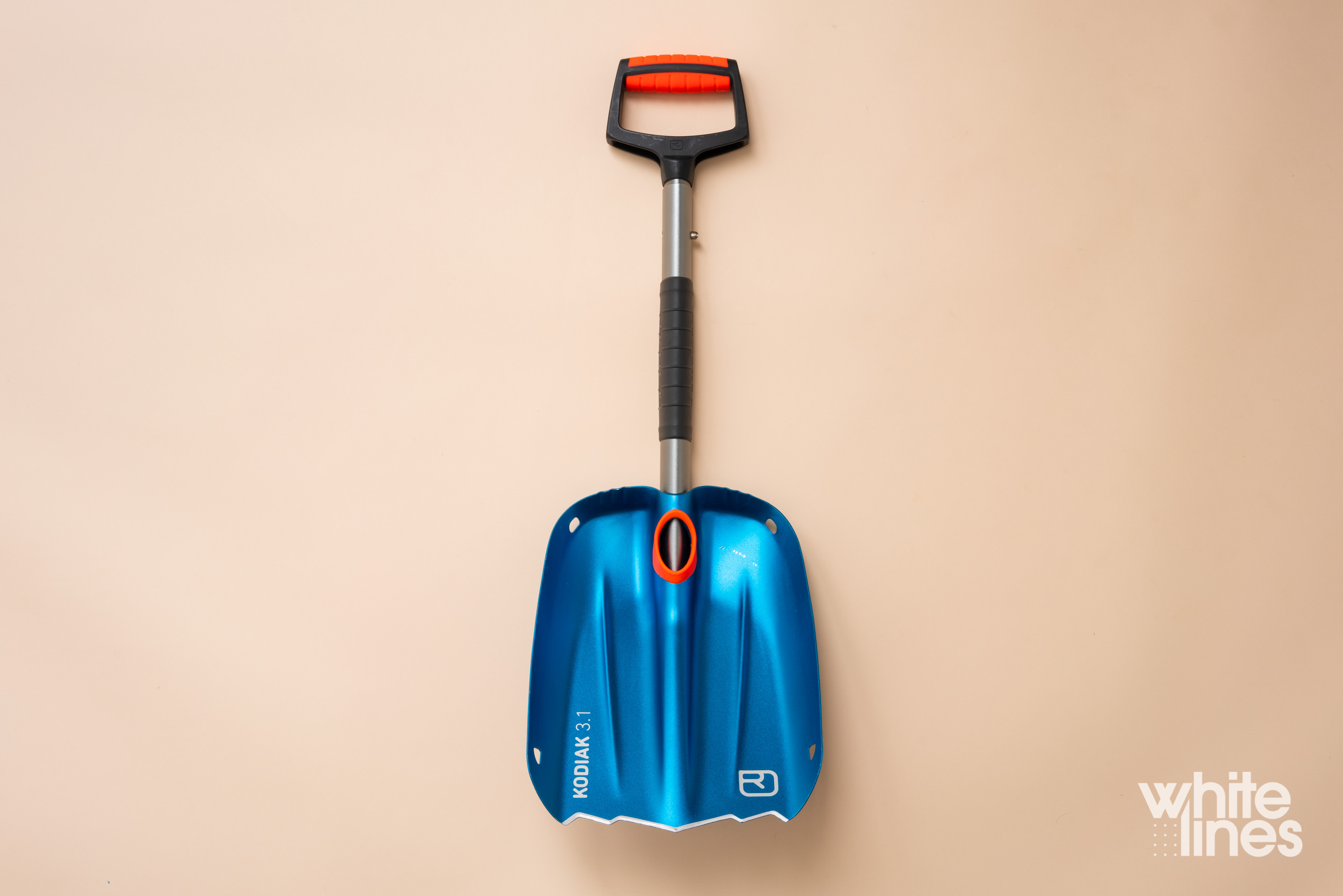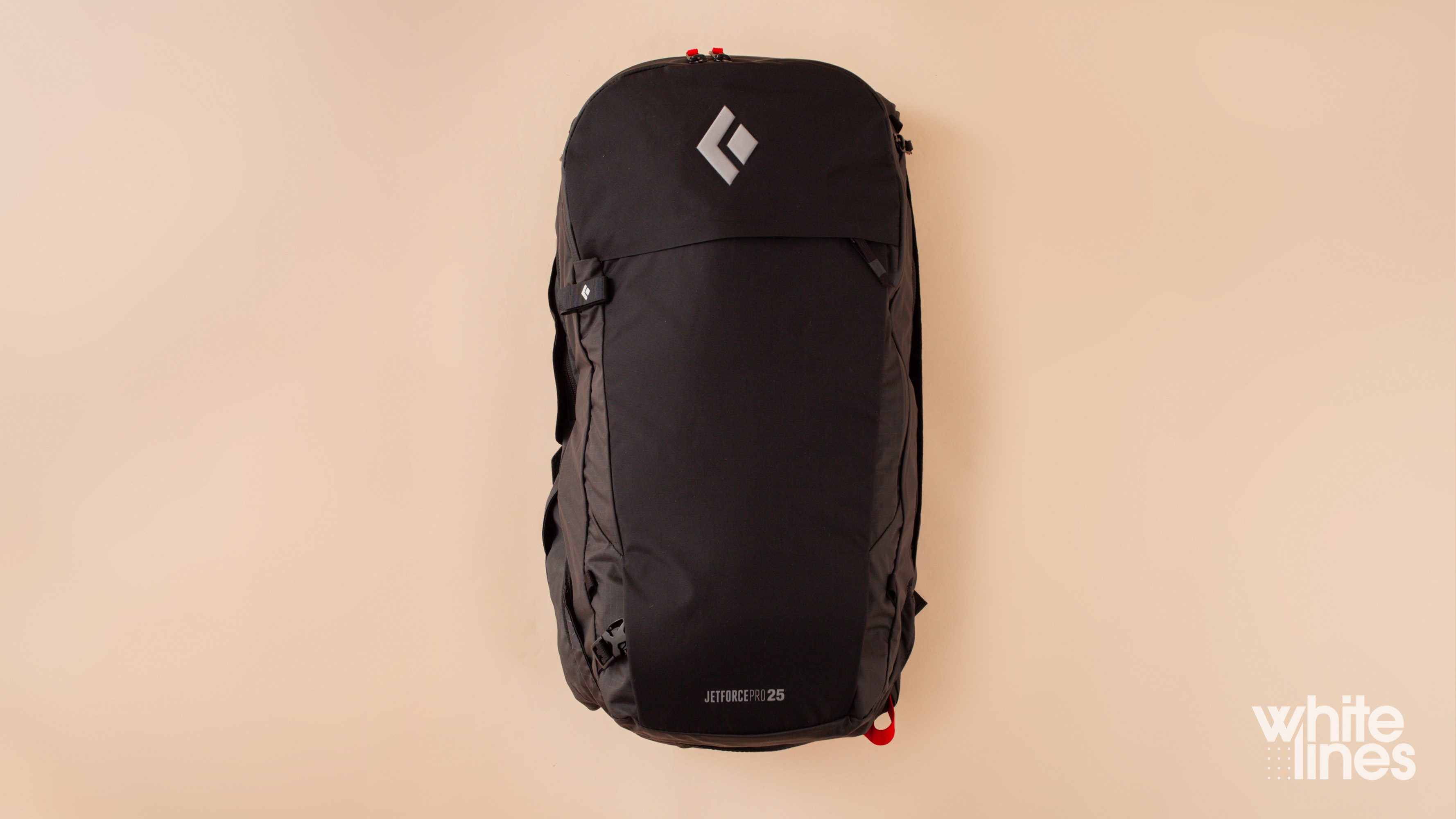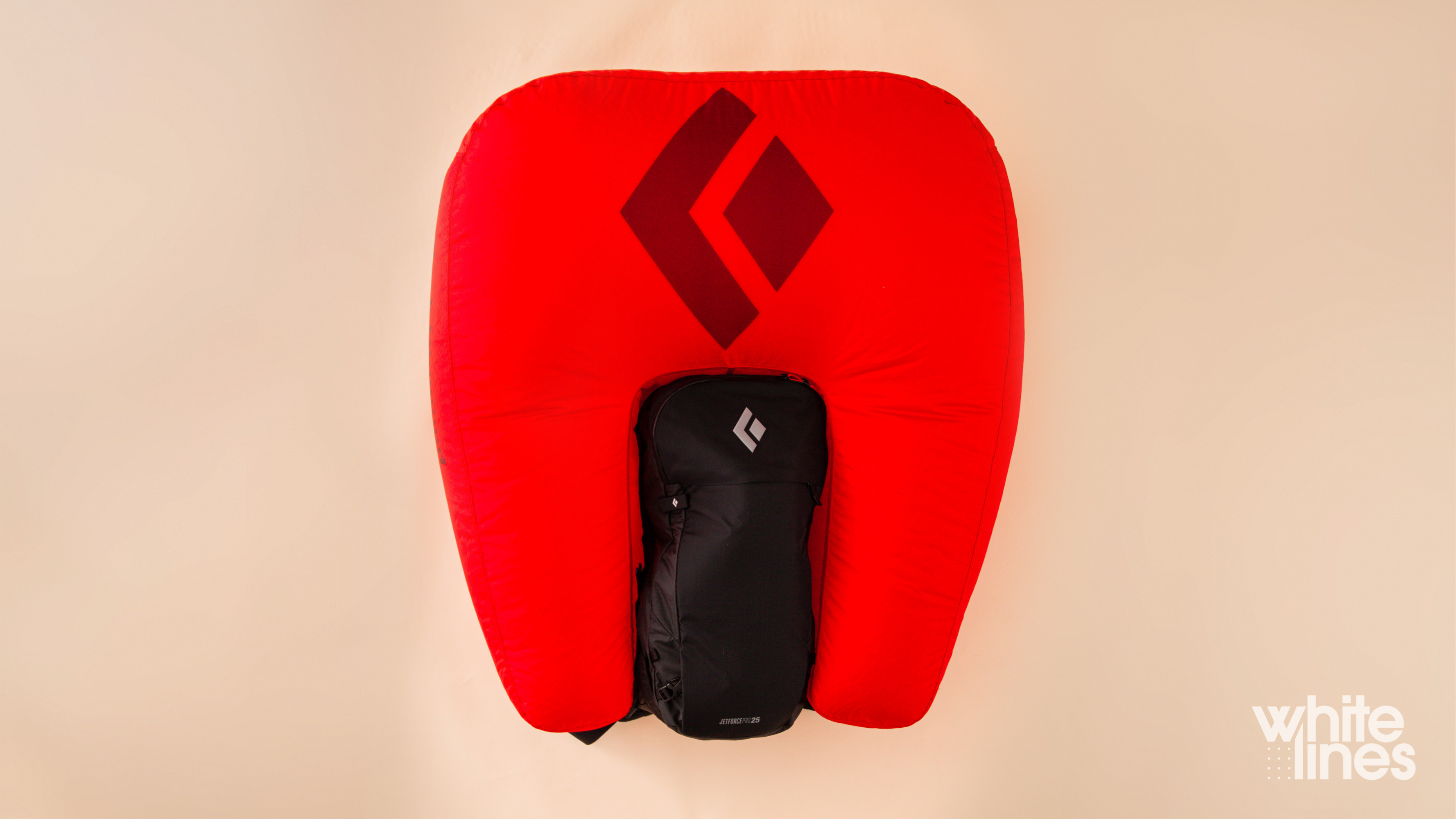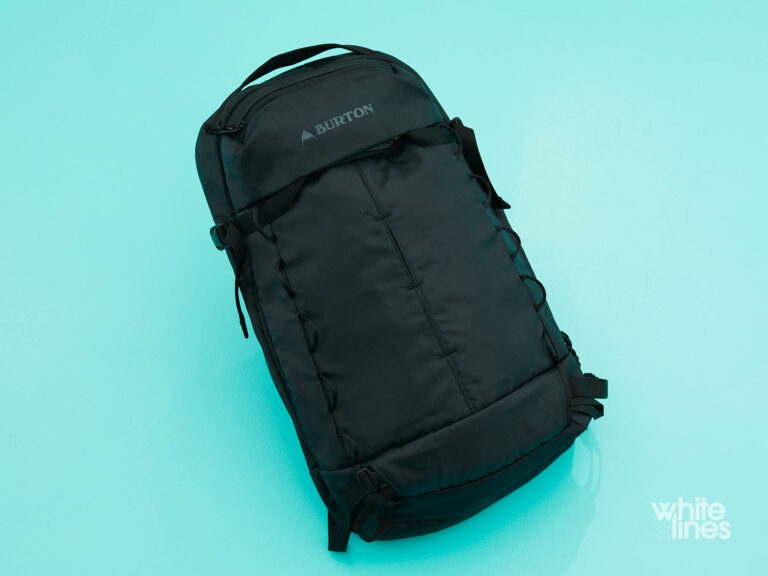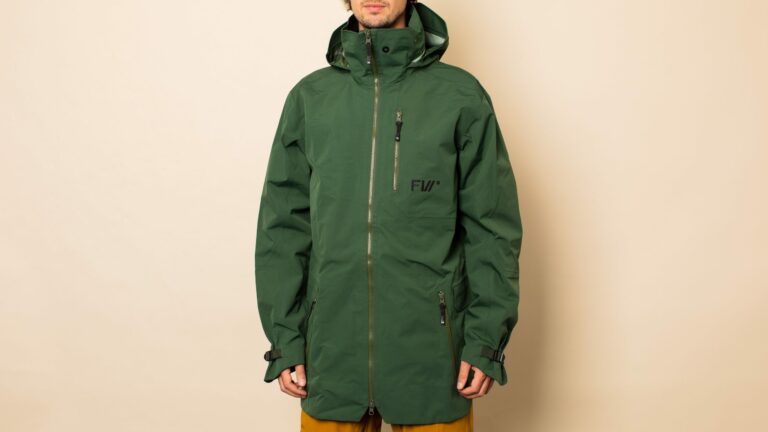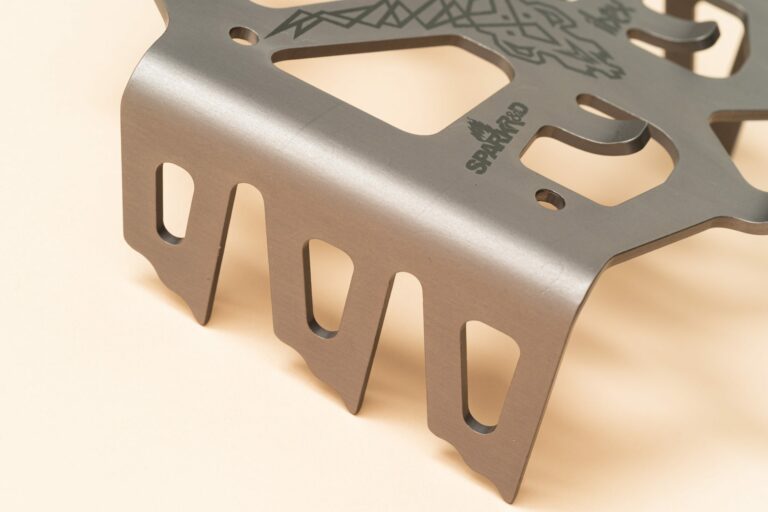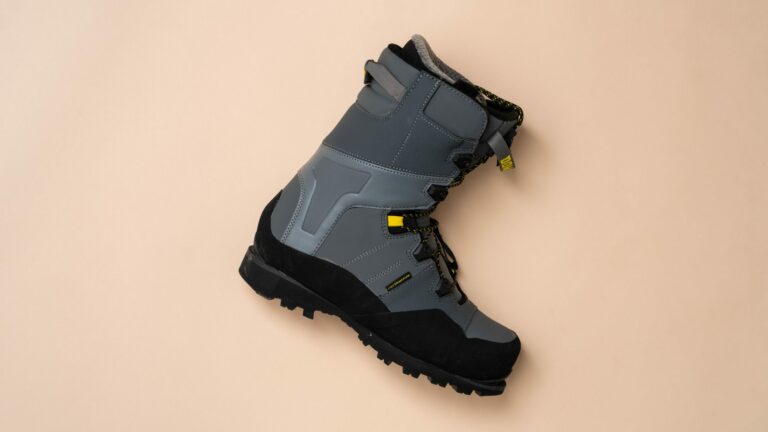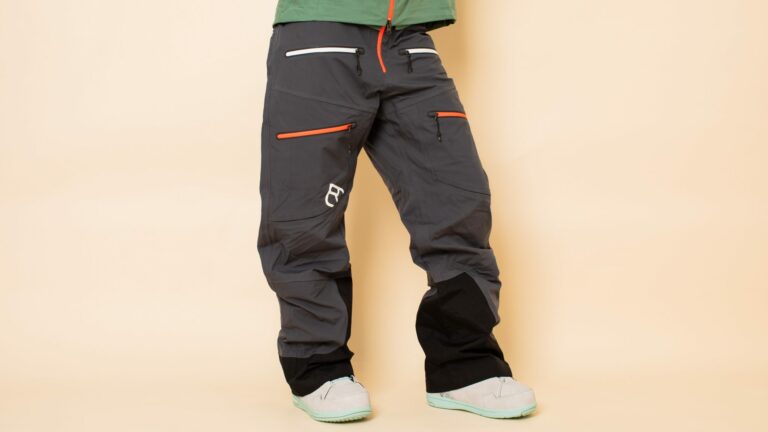There’s no hiding the facts. In 90% of avalanche incidents, the avalanche is triggered by either the victim or someone within their group. Survival statistics show that just over 90% of avalanche victims are found alive, providing they are dug out within fifteen minutes. After this point, the numbers rapidly fall off. After 45 minutes the survival rate diminishes to 20-30% and to virtually 0% after two hours. It, surely, goes without saying that if the shit hits the fan then time is of the essence and that having the correct avalanche safety gear is absolutely paramount.
“If the shit hits the fan then time is of the essence and that having the correct avalanche safety gear is absolutely paramount”
The market is full of quality and affordable avalanche safety gear and there’s an abundance of educational resources for snowboarding and splitboarding in the backcountry online these days, not to mention the near-endless options of freeride snowboards and splitboards to choose from.
But venturing out into the backcountry – or even the lift-accessed sidecountry – comes with inherent risks and you should always be prepared for such eventualities. This means bringing along a load more gear that you ordinarily would for a day in-bounds.
“We’ve laid out what we believe to be some of the best avalanche safety products on the market today”
In the list below, we’ve laid out what we believe to be some of the best avalanche safety products on the market today. These include the essentials – transceiver, probe and shovel – along with the non-compulsory (though increasingly popular) airbag backpack systems. Though it isn’t absolutely vital to have the latter when you head out of bounds, they drastically reduce your chances of being buried when deployed, should an avalanche occur.
Of course, if you don’t opt for an airbag system, you’ll still need a decent backpack for carrying everything in, or potentially just a backcountry vest if you’re going on a fast and light mission. There’s also a whole host of additional accessories and gadgets to consider, like a GPS smartwatch – far from an essential bit of kit, but something that provides useful info and data throughout the day and could become a potential lifesaver if the weather hinders navigation.
As these items tend to be less trend-driven, many of them are effectively the same as in previous years. Nevertheless, there are new developments and products released each season. As such, we’ve presented you with some key models from both camps that should help you on you muddle through the jargon and equip yourself to the safest possible standards.
Selecting “the best” avalanche safety gear is arguably the most subjective of all the categories in this year’s Buyer’s Guide. Ultimately, for the individual, “the best” is whatever you are most effective at using under pressure.
“Above all else, educating yourself before going into the backcountry is key”
Above all else, educating yourself before going into the backcountry is key. Having the latest technology or the most expensive gear won’t prevent the worst-case scenarios from occurring. Never travel alone in the backcountry. If your group is still relatively inexperienced or exploring a new location, hire a guide. Lastly, make a plan, move safely through the mountains and, if in doubt, be prepared to turn back or cut your mission short.
Apologies If this all sounds a little doom and gloom. In reality, backcountry enthusiasts have never had so many resources at their fingertips to maximise the safety and enjoyment of their group. So check out the list below, get yourself equipped for the season ahead, and we’ll see you out there. Happy (and safe) shredding!
Scroll down to view all the best avalanche safety equipment, or skip to a particular category using the following links:

